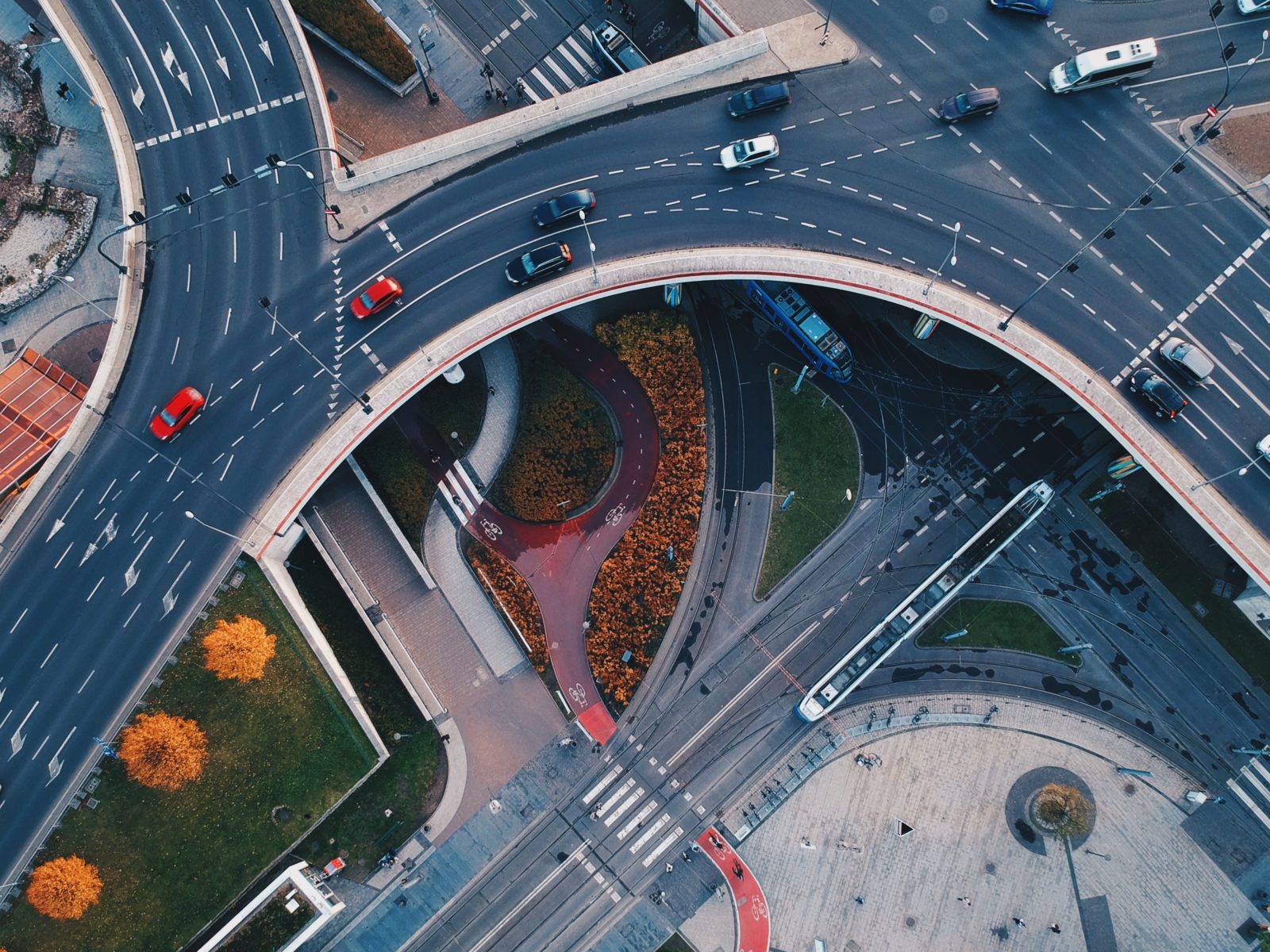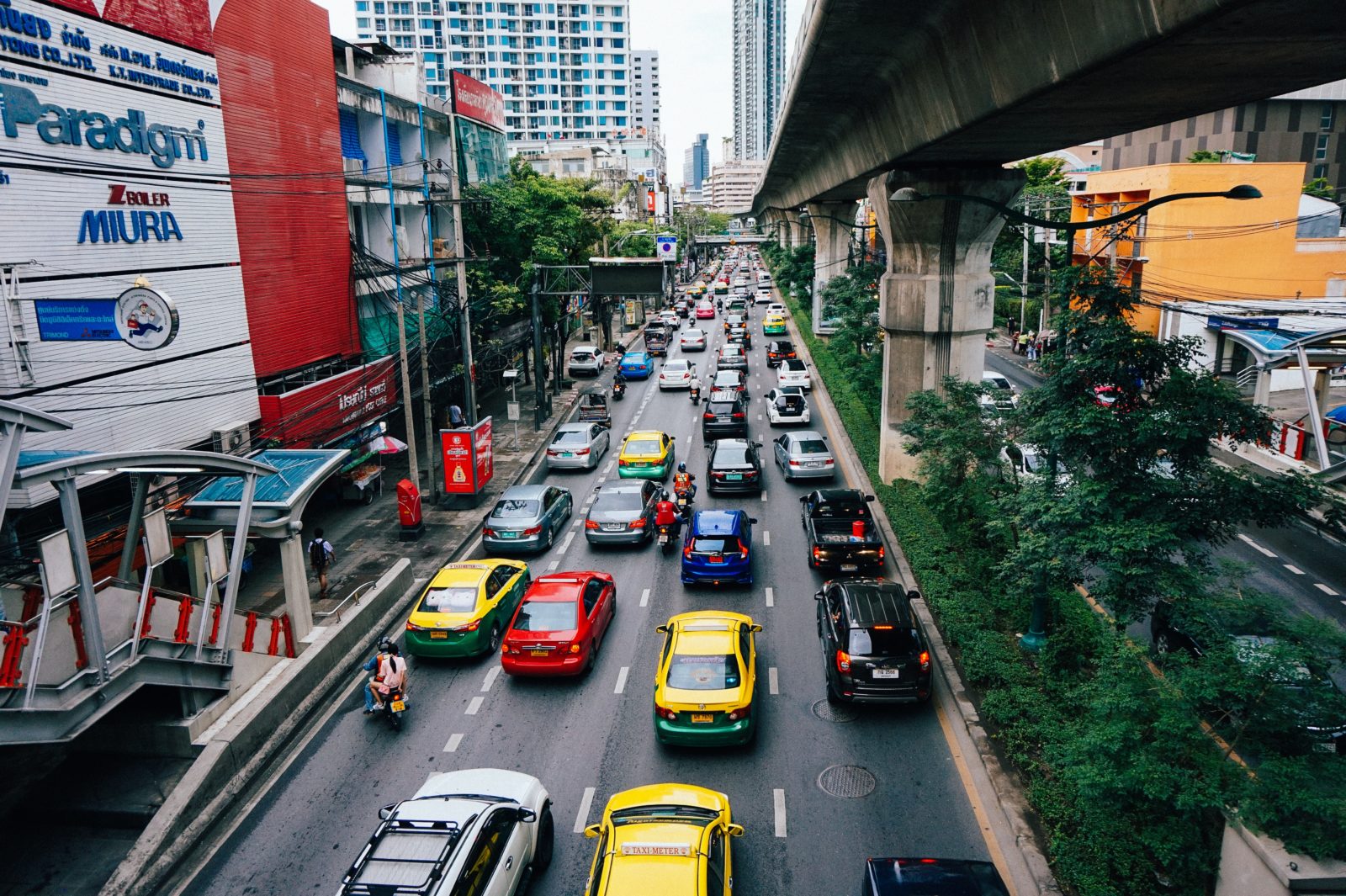
Here’s a surprising statistic; it’s anticipated that road accidents will become the seventh leading cause of death in the world by 2030. In fact, each year, there are in the region of 1.2 million people killed on roads worldwide, with 50 million suffering injuries. That’s a lot of people getting hurt in human hands.
Something to give us hope, however, is how inventors and car manufacturers are harnessing the power of technology in an attempt to lessen these shocking stats. One only has to cast a glance into the past to see the positive impact of innovation; the seatbelt, the airbag…..both inventions – outliers, even – which have gone on to be obligatory in cars and vital in lessening accident fatalities.
Good stuff indeed. So, with the help of Lookers, who offer a wide range of cars such as the used Ford Mustang, here are 5 IDEAL inventions which will keep our roads safer.
LANE-KEEP ASSIST
It’s been reported that five per cent of all documented crashes are due to drivers merging with fast-moving traffic or attempting to switch lanes. That’s one in twenty. That’s why this simple technology can be so effective. The lane-keep assist device monitors the lane lines and alerts you when you begin to veer away from the centre. This, in theory, should enable a driver to react and eliminate the chance of causing an accident.

SAFETY EXIT ASSIST
We’ve all seen the road rage videos or read the horror stories of collisions caused to oncoming bikes by overzealous exits from cars. Well, the safety ext exist works by temporarily disabling rear doors when vehicles or bicycles are approaching. It was first revealed in Hyundai’s Sante Fe SUV, and is being utilised in many other vehicles. Used as an extension to the blind spot monitor, this tool is expected to be extremely popular with those who have young children, where safety and security takes on a whole new level of importance.
AUTOMATIC CRASH RESPONSE
Paramedics rejoice! The EU voted for eCall systems to be made mandatory in all new cars from March 2018; a ringing endorsement if ever there was one. It works by sending an advisor the precise details of a car’s location, as well as a description of the vehicle. There will also be an emergency call service available via an SOS button, which will connect you to a service advisor to help. This may not necessarily be a safety feature, but will definitely save lives over time.

BRAKING SYSTEMS
By using sensor inputs, in the form of lasers, radar or video data, cars using braking systems will automatically come to a standstill if it detects an object blocking your vehicle’s path – if you are travelling faster than said object, that is.
While it may sound like unnecessary meddling, and some drivers will worry that it will affect their sense of driving with personality, this feature is becoming extremely popular and in fact doesn’t affect how you handle your car. Instead, it’s designed to safeguard against distracted driving and, while you’d hopefully never need to call upon it, it’s a great safety back-up to be utilised if needed.
DRIVER DROWSINESS DETECTION
While the precise number of sleep-related accidents are hard to document, researchers believe that driver fatigue is a major factor in up to 20% of incidents. Studies have also found that drivers who travel for over two hours start to lose concentration and react slower to hazards.
Fatigue detection, also known as driver drowsiness detection, works by monitoring steering movements and advising drivers when breaks are required. Great news for those who drive regularly in the midnight hour.





